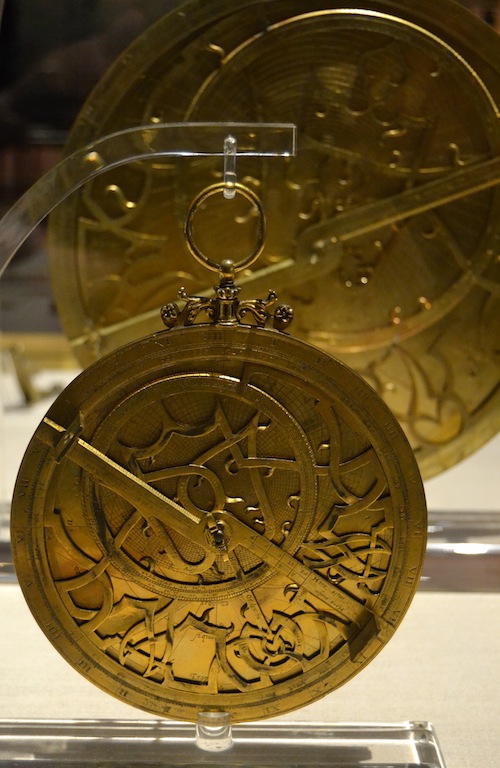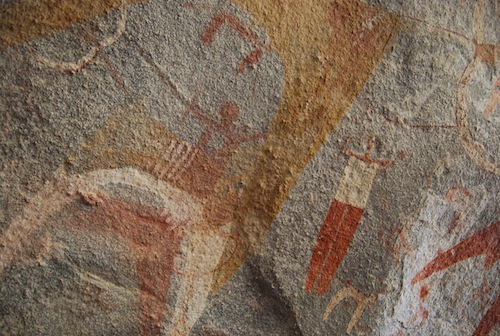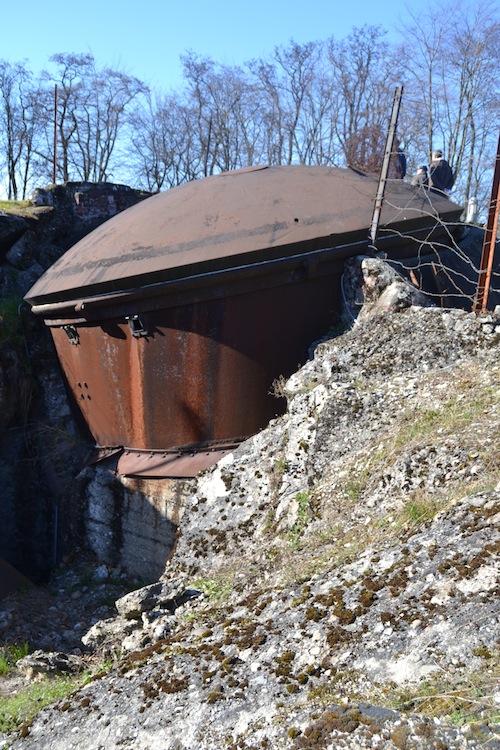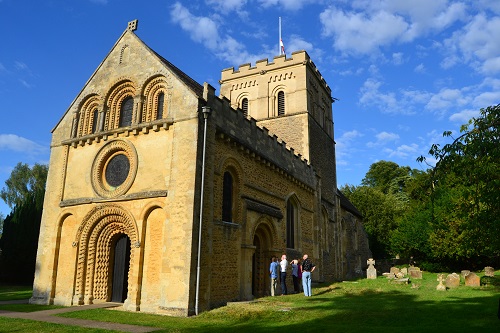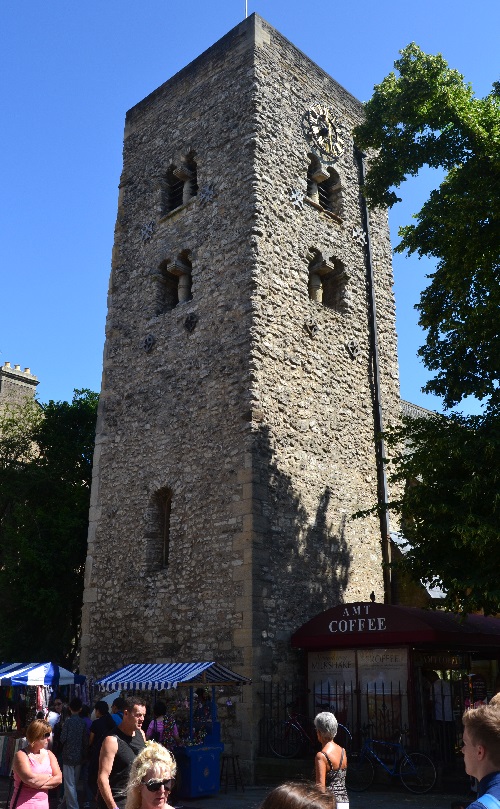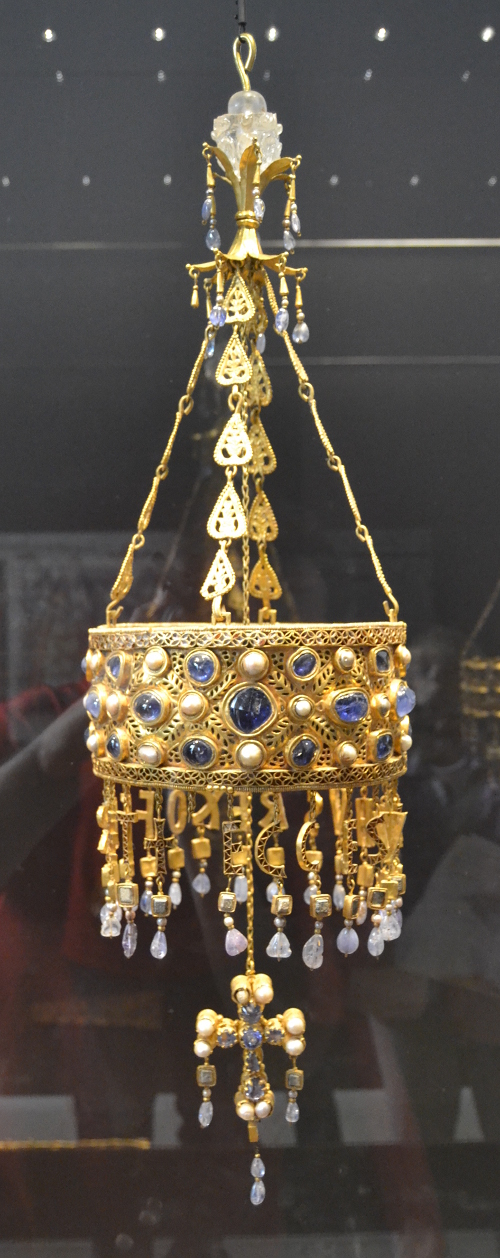Axum: Ancient Superpower of Ethiopia

In a recent post on the ancient and medieval civilizations of Somalia, we looked at the importance of the Horn of Africa in international trade. The Somalis acted as middlemen, supplying the Eastern Mediterranean, India, and China with goods from the African interior. One of the major ancient civilizations in east Africa that was producing exports was the Empire of Axum.
Axum is a little-known civilization. It didn’t leave much in the way of writing and its sites have not been extensively excavated. Even its capital city has been little explored. We do know that it was founded in the fourth century BC and became a major power by about 100 AD. It came to control most of what is now Ethiopia and Eritrea, and then hopped over the Red Sea in the third century to take over parts of what is now Yemen and Saudi Arabia. For a time, it controlled trade through the Red Sea and acted as a link between the Roman Empire and India. Axumite coins have been found as far away as China. Greek writers noted Axum as one of the world’s great civilizations.
